I have plenty of Angular mat-cards i.e. uncertain number of cards with images of different sizes.
What i am trying implement is a auto fill and adjustment of such cards depending on the container, something like this.
Now example above is using 4 columns and possible using grid.
Now, how do I implement that with cards? I tried using flex but somehow not able to properly implement it. Here's my worthless try.
<div class="mat-card-container" style="
display: flex;
justify-content: center; /* Add this */
flex-wrap: wrap;
">
<div class="mat-card-holder" style="
margin:0.6em;
width:220px;
" *ngFor="let art of arts.records">
<mat-card class="art-card" >
<mat-card-header>
<mat-card-title>{{ art.TITLE }}</mat-card-title>
<mat-card-subtitle>{{ art.AUTHOR }}</mat-card-subtitle>
</mat-card-header>
<img mat-card-image src="http://localhost/piwigo/{{ art.URL }}" alt="Photo of a Shiba Inu">
<mat-card-content>
{{art.TECHNIQUE}} / {{art.SCHOOL}} / {{art.FORM}} / {{art.TYPE}} / {{art.LOCATION}}
</mat-card-content>
</mat-card>
</div>
</div>
This is giving me this much, but still there are alot of gaps to be covered.
This is only lining them up in columns, how to i dynamically fill and adjust these in container? Assuming if container size changes, cards should rearrange without changing their own css i.e. dimensions. Is my code correct uptill? And how do i fill the gap in between?

